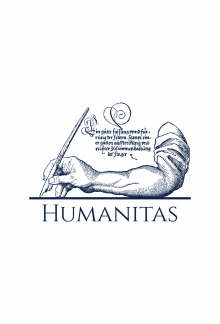- Titulinis
- Dalykinė ir mokslinė literatūra
- Medicinos knygos
- Klinikinė medicina
- Fauber's Radiographic Imaging and Exposure

Terri L. Fauber
Fauber's Radiographic Imaging and Exposure
Balsavo 0
ISBN: 9780443114502
Autorius : Terri L. Fauber
Leidimo metai: 2024
Leidėjas: Mosby
Leidinio kalba: Anglų
Formatas: Minkšti viršeliai
Formatas: 9.25×7.5
Autorius : Terri L. Fauber
Leidimo metai: 2024
Leidėjas: Mosby
Leidinio kalba: Anglų
Formatas: Minkšti viršeliai
Formatas: 9.25×7.5
Kaina:
Šių parametrų produkto neturime
Likutis pakankamas
Iš leidyklos gausime per 3-5 savaitės. Galimas vėlavimas
Turime sandėlyje. Pristatymas Lietuvoje 1-4 d.d.
Iš leidyklos gausime per 3-5 savaitės. Galimas vėlavimas
Pristatymo sąlygos
Aprašymas
With straightforward coverage of imaging principles, <b>Fauber’s </b><b>Radiographic Imaging and </b><b>Exposure, </b><b>7th Edition, </b>describes exposure techniques and how to acquire, process, and display digital images. Not only does this book help you reduce the need for repeat images, but it also includes problem-solving strategies for clinical practice. Written by noted educator Terri L. Fauber, this book also provides the essential knowledge needed to pass the ARRT initial certification exam.<ul><li><b>NEW! Chapter on <i>Fundamentals of </i></b><b><i>Radiation Production</i></b> includes the x-ray circuitry to enhance your understanding and comprehension of x-ray production.</li><li><b>NEW! Content on imaging pathology </b>includes the five radiographic substances and how they relate to differential absorption and image quality.</li><li><b>NEW! Content on exposure technique selection </b>helps improve visualization of soft tissue opacities.</li><li><b>Thorough digital radiography coverage</b> explains how to acquire, process, and display digital images, along with important aspects of health information management.</li><li><b>Straightforward focus on imaging and exposure</b> provides the knowledge you need to become a competent radiographer.</li><li><b>Concise, easy-to-understand writing style</b> makes the content easily accessible.</li><li><b><i>Patient Protection Alerts</i></b> highlight the variables that impact patient exposure and how radiographers can control them.</li><li><b><i>Important </i></b><b><i>Relationships</i></b> summarize the connections between radiographic concepts, calling attention to how they relate to one another.</li><li><b><i>Mathematical Applications</i></b> show how mathematical concepts and formulas are applied in the clinical setting.</li><li><b>Bulleted summaries</b> at the end of each chapter offer a quick review of key concepts.</li><li><b>Review questions</b> are provided in every chapter, with answers in the back of the book.</li><li><b>Convenient appendixes</b> include <i>Important Relationships, Mathematical Applications, </i>and<i> Patient Protection Alerts,</i> providing a quick reference to important concepts and formulas.</li><li><b>Glossary of key terms</b> defines need-to-know terminology covered throughout the book.</li></ul>
Atsiliepimai (0)
Palikite atsiliepimą
